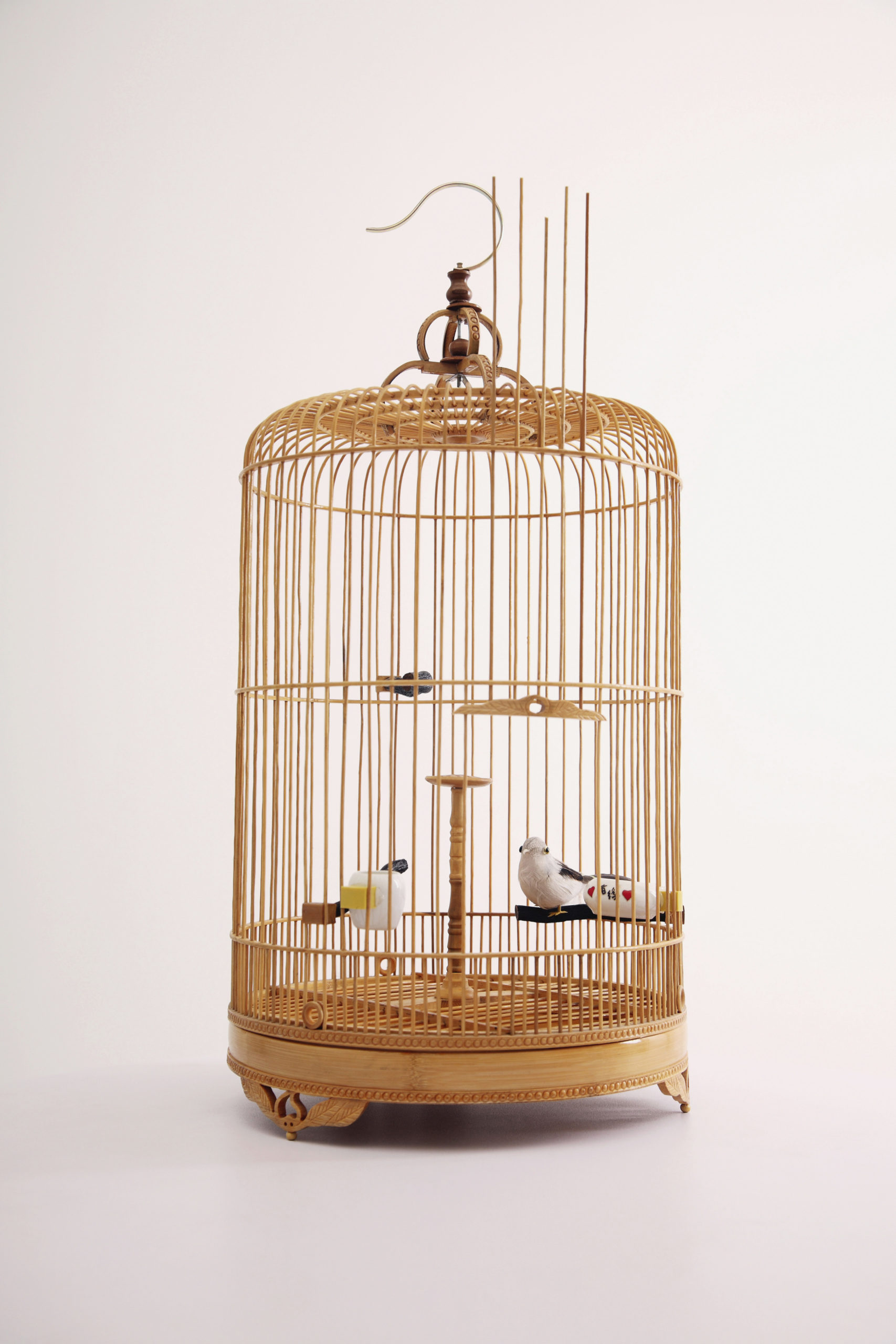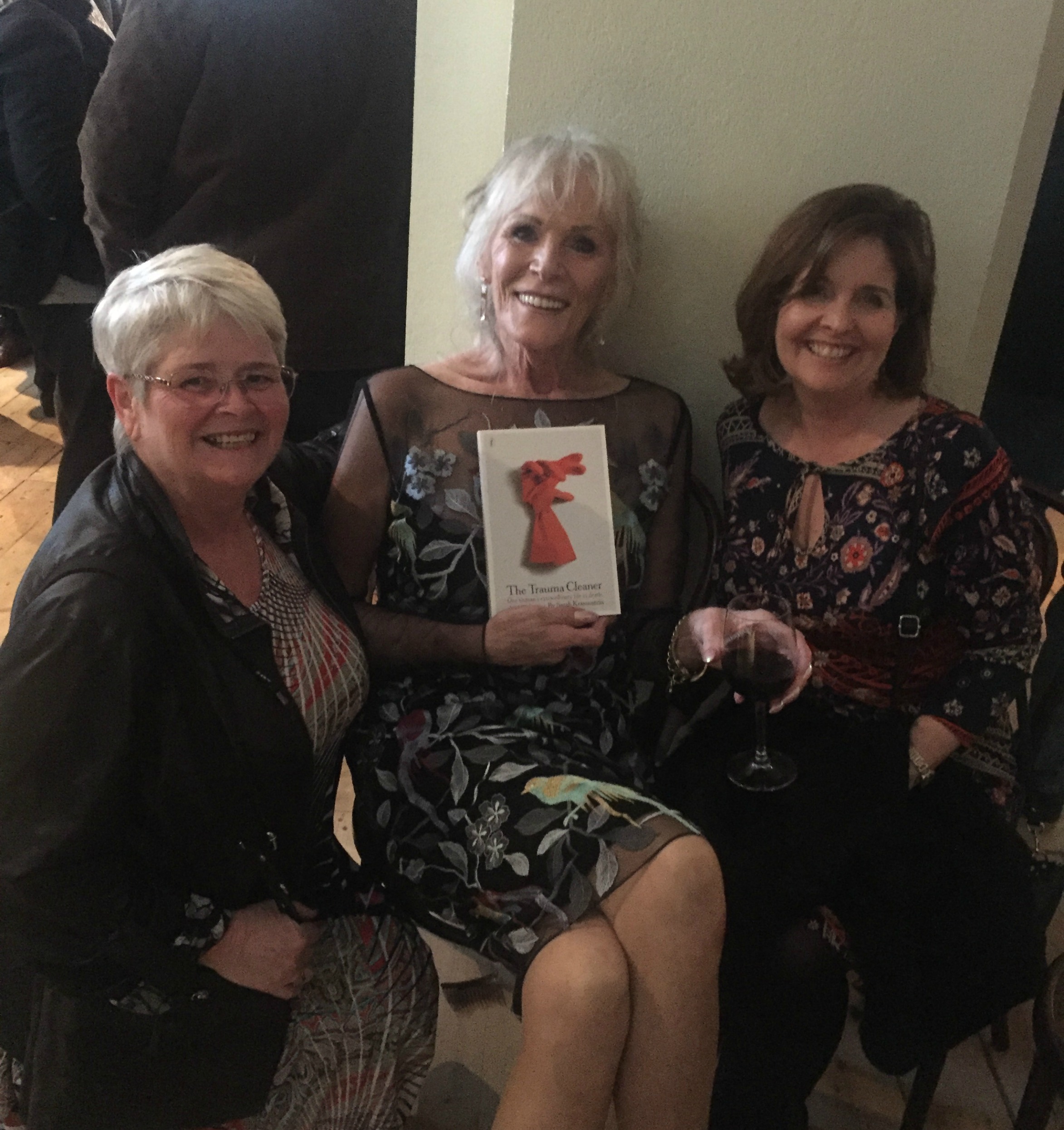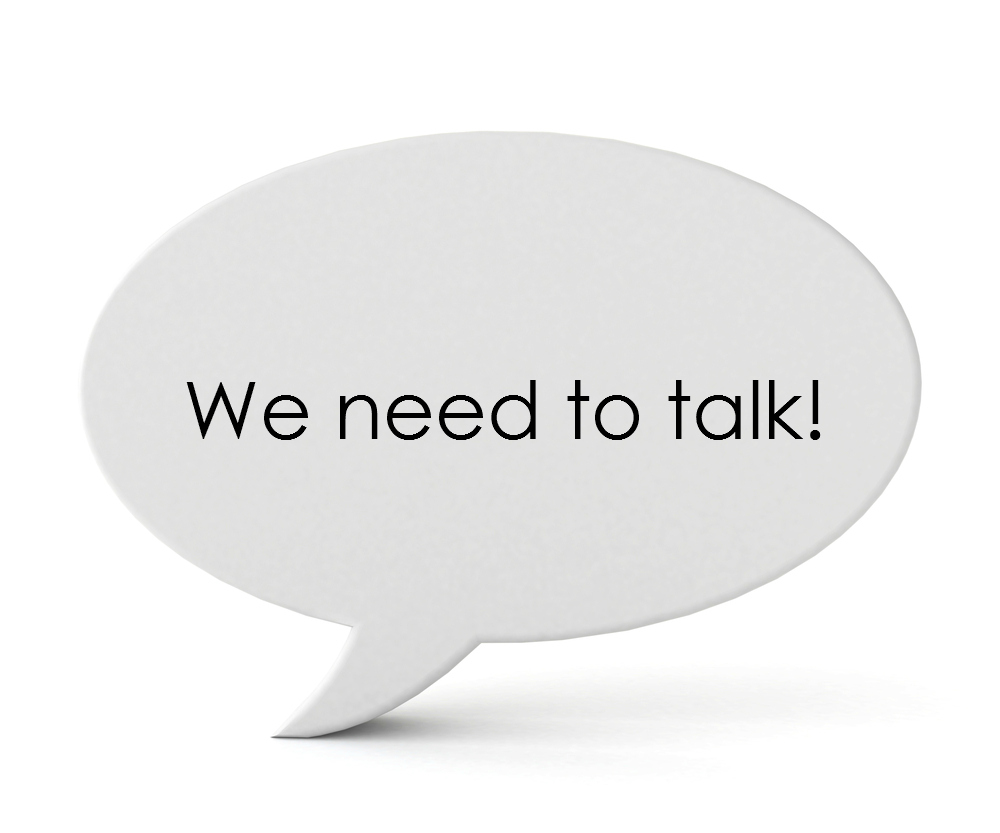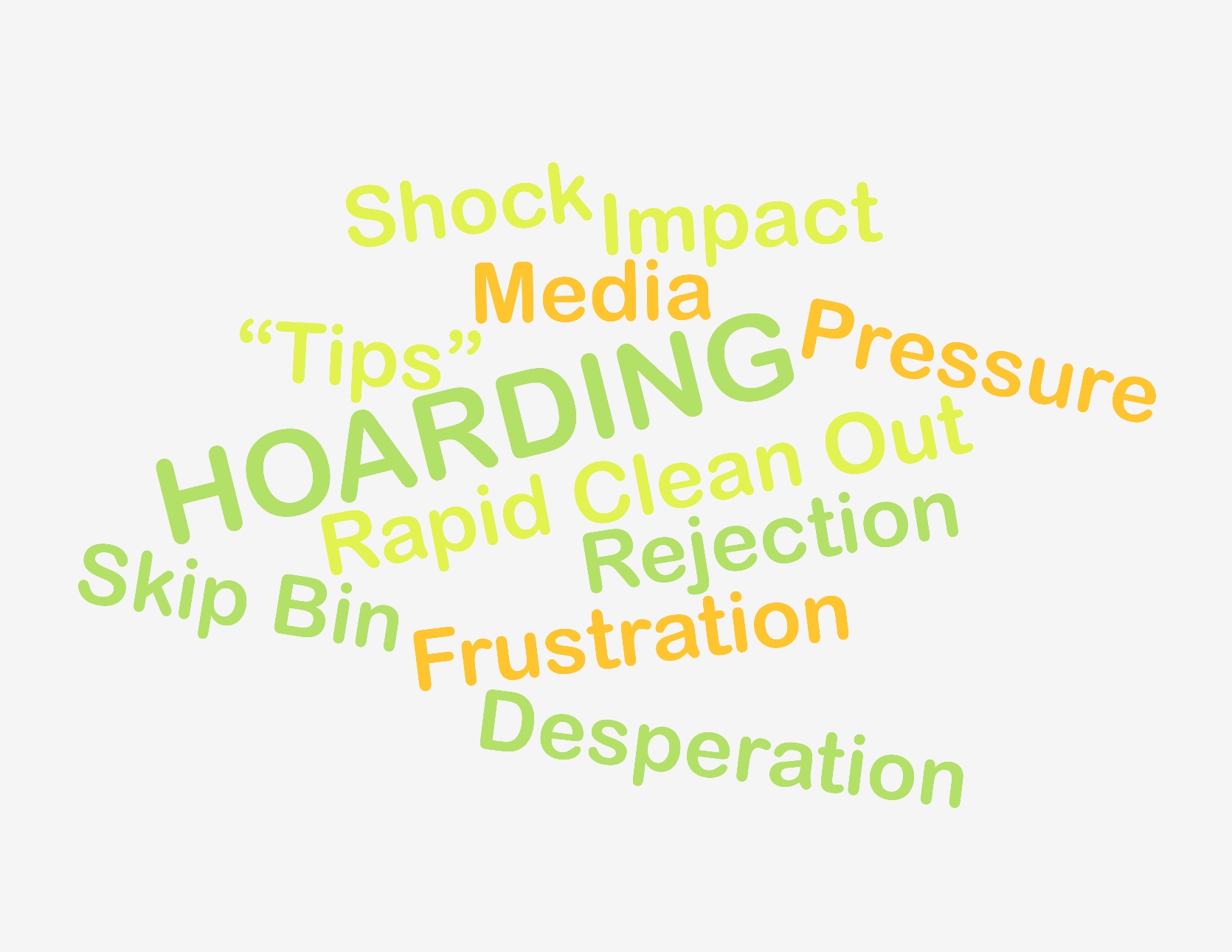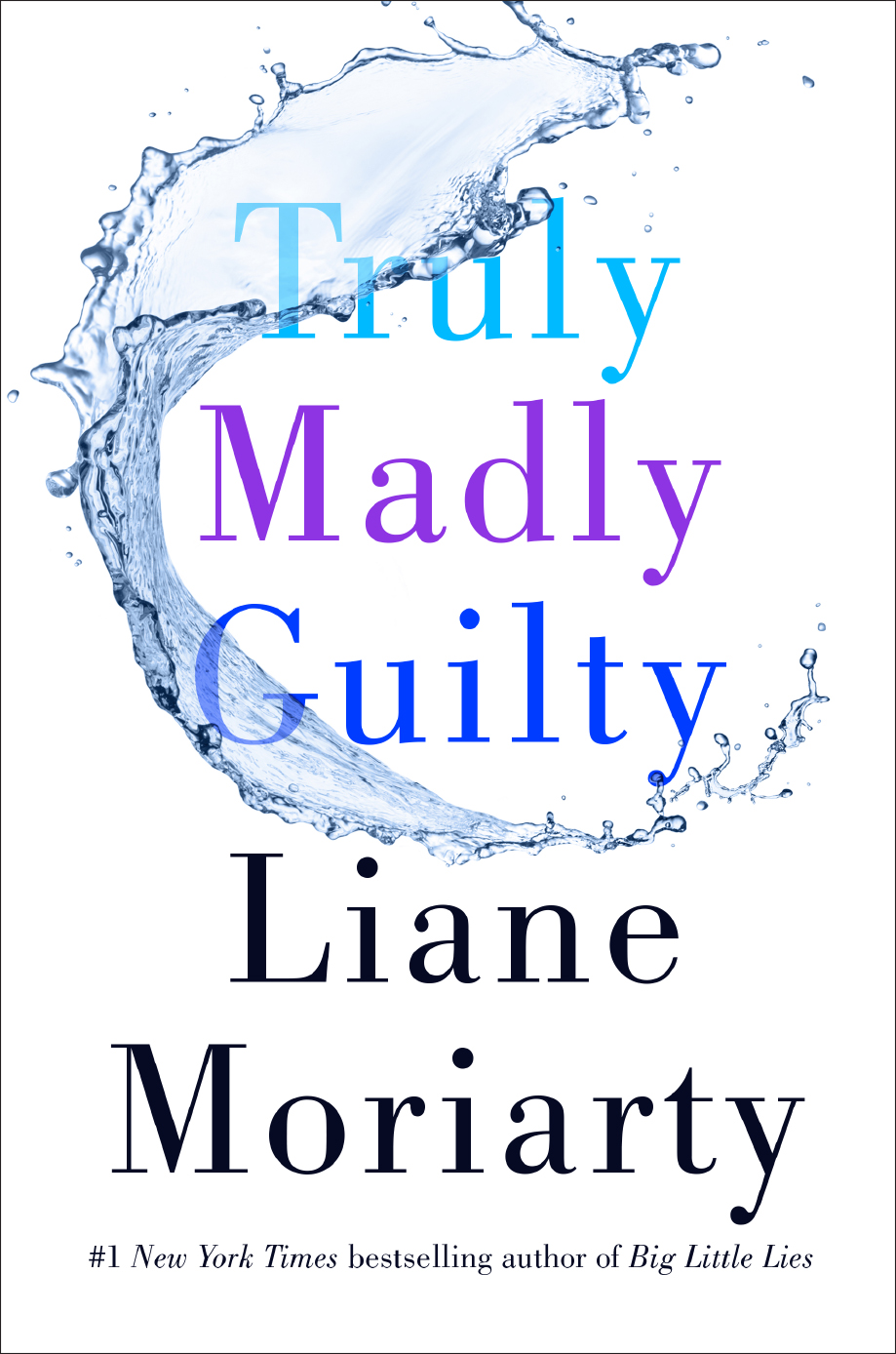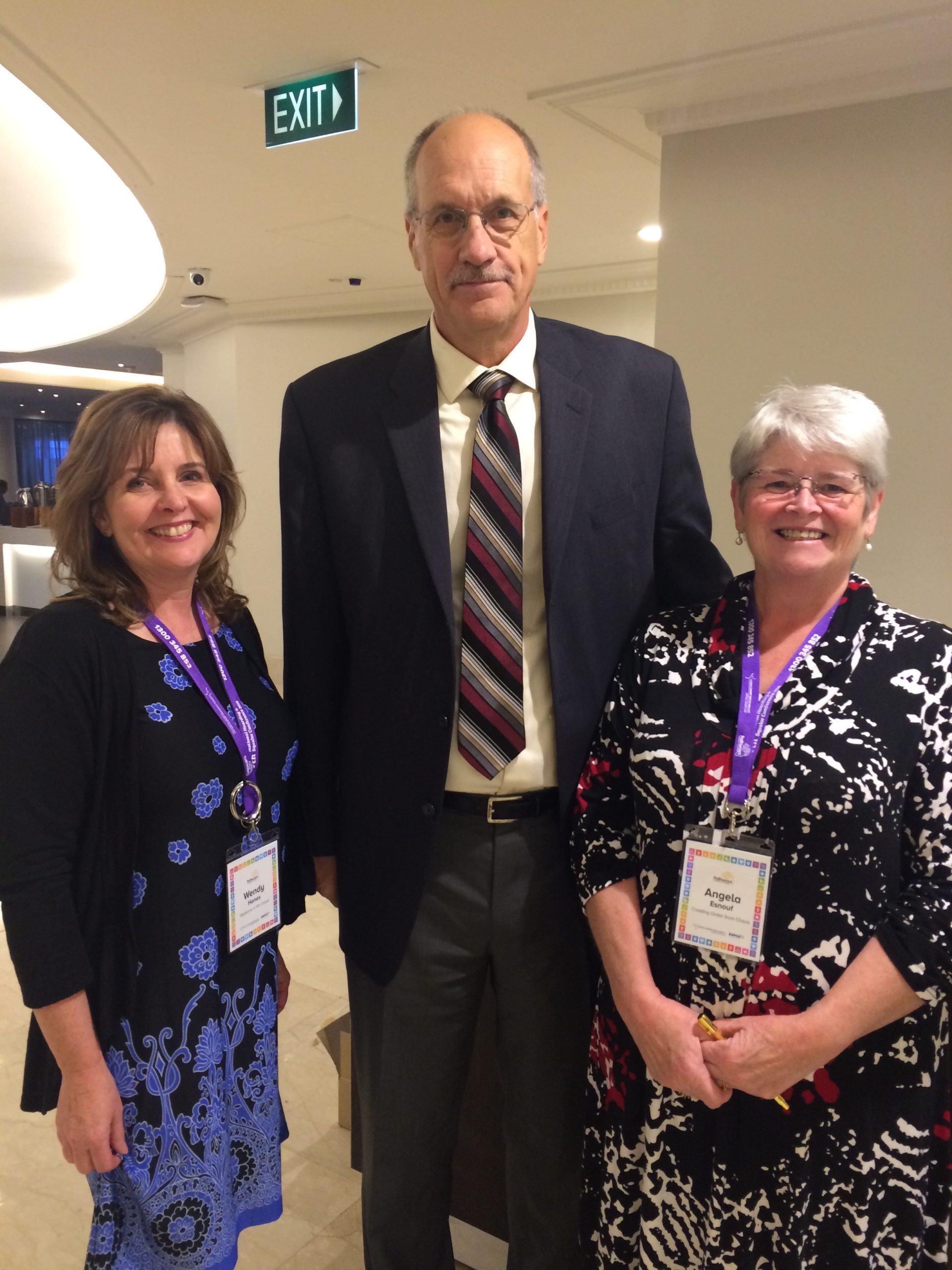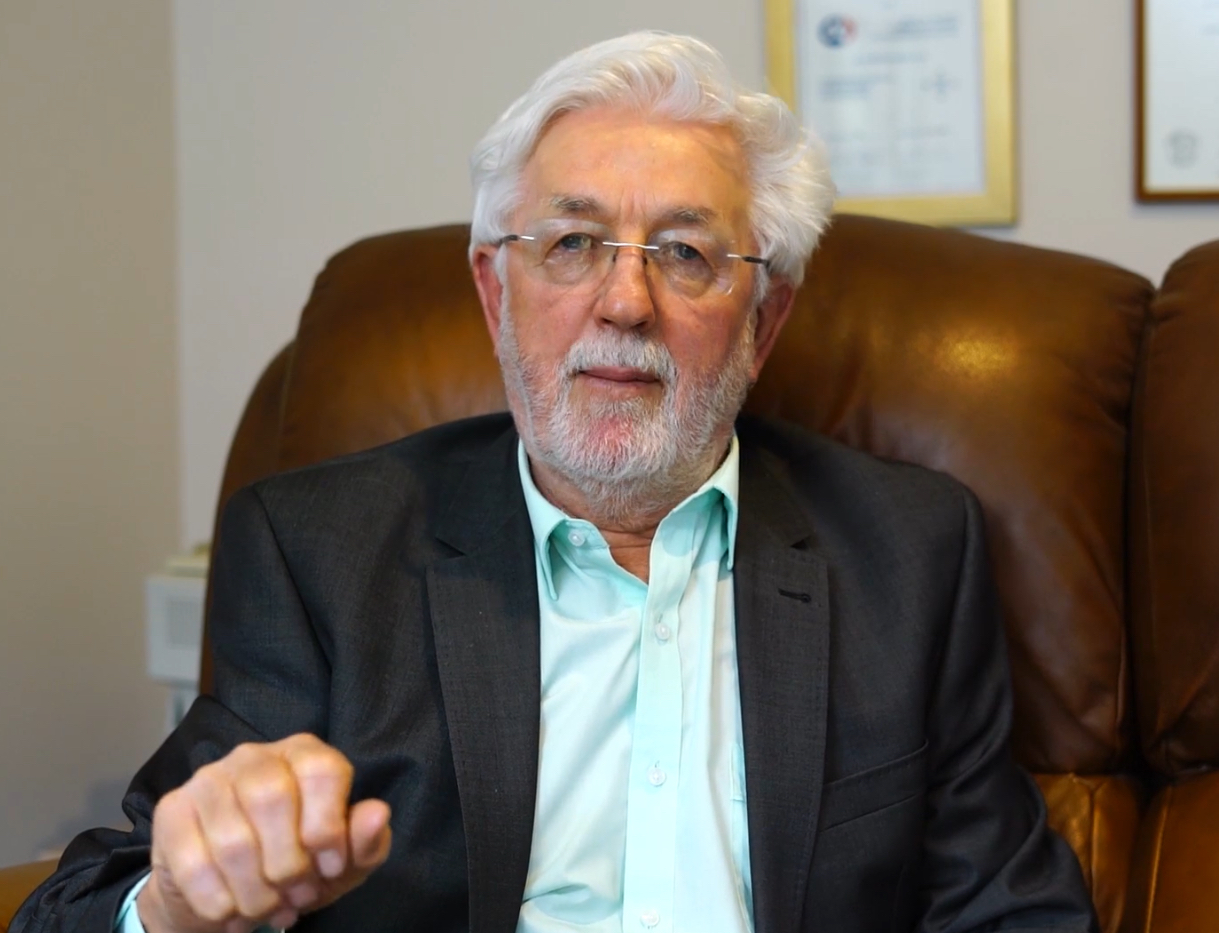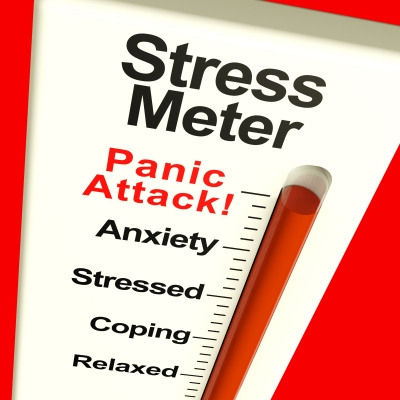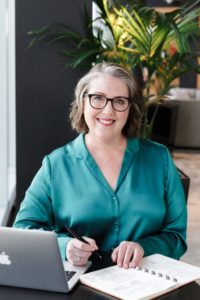 Hi there! I’m Dr Jan Eppingstall founder of Stuffology. As a hoarding expert with a psychology PhD and a Master of Counselling I have my finger on the pulse regarding all things stuff related.
Hi there! I’m Dr Jan Eppingstall founder of Stuffology. As a hoarding expert with a psychology PhD and a Master of Counselling I have my finger on the pulse regarding all things stuff related.
Wendy and Angela invited me to share a recent newsletter instalment about the documentary called “Beyond Hoarding” and my thoughts on some hoarding client’s fixation with “self-sufficiency”.
If you’d like to sign up for my weekly newsletter I guarantee you’ll get something each week in your inbox that can be put into practice with your clients.
For those of you who have clients that might benefit from counselling feel free to contact me: jan@stuffology.com.au and we can chat.
Cheers, Jan
There is life Beyond Hoarding
A few years ago, I watched a documentary called “Beyond Hoarding” that was created by Christopher Coffin and Alice Pifer.
Christopher’s octogenarian great uncle lived with his elderly sister-in-law who also engaged in extreme hoarding behaviours.
Several years ago, neighbours realised they hadn’t seen either of the residents of the home for many days, which was strange given the sister-in-law often walked the streets with a shopping cart “collecting” treasures. They were concerned enough to called emergency services.
When emergency services attempted to enter the home, they found it near impossible due to mountains of rubbish and stuff blocking entrances, hallways, and stairs. Unfortunately, the elderly female resident was found under metres of debris and taken to hospital where she later died.
It took many days for Christopher’s great uncle to be located in the hoard. Devastatingly, he was dead. Being the only relative living near his great uncle, Christopher took charge of the clear-out of the decedents’ home. His experience led to the making of this documentary.
No rubbernecking here
Before I continue, I want to be very clear. I’m not recommending you watch this film to “scare you straight” or to highlight the negative consequences of hoarding behaviours to you or your loved ones. I want you to watch this film because there is a strong message of hope. There is life “beyond hoarding.”
Further, I feel it’s important to know this documentary does not exploit people who hoard. It’s not an opportunity for rubbernecking or judgement and is certainly not “trauma porn” as I like to call shows such as “Hoarders – Buried Alive”.
The documentary was precipitated by Christopher’s experience and begins by telling the story of his great uncle and his sister-in-law, but it goes much further than that. It goes beyond this tragic case and introduces the viewer to people with hoarding problems who have made great progress, and those who are helping them.
Insights
There are so many insights from this film, but in this article I’m going to focus in on something raised by the daughter of one of the hoarding sufferers that was interviewed for the documentary.
This grown daughter was helping her father manage his hoard. To give you some context, the daughter explained that when her parents divorced the kids moved with their Mum; their Dad stayed in the family home. As a self-described “fixer, doer, maker”, the home became increasingly cluttered and run down. Attempts to get him to accept help were met with strong resistance.
This man’s daughter explained that her father “want(ed) to do it himself” and he was one of those people who wants to “pull themselves up by their own bootstraps.”
In fact, recent Australian research has highlighted that people with hoarding problems feel they “should” be able to fix this problem themselves.
Often people ask me “why can’t I just tidy up?” Alternatively, they say they can do it themselves, they just need more time, space, containers, help…the list goes on.
Here’s my two cents…
I think many people with hoarding problems have made an underlying assumption that they must be self-sufficient. This is not problematic per se. But, if you are compulsively saving, acquiring, and seeking useful objects in order to become self-sufficient, when disorganised clutter overwhelms you, your core belief that you alone are responsible for your environment and life resonates with your clutter situation in an unhelpful way.
This results in rejecting help or denying the extent of the problem and spending hours upon hours sorting (which is often actually “churning”: i.e picking up something from one pile, not knowing what to do with it and them putting it on a new pile) possessions because you “should be able to fix this (your)self”.
If you this resonates with you maybe you need to challenge your belief that you can do this alone. I never advocate a “clear-out” but the right team of mental health professionals and hands-on support (like you will see in the documentary) might be just what you need to create new habits and live more safely…heck even happily.
Watch the documentary. I think you might relate.
The most important takeaway for me from Beyond Hoarding was that we must work collaboratively with the person who hoards by using the strategies in books such as “Digging Out”.
(Remembering that if you are a traumatised family member who grew up in the hoard yourself you must find alternative assistance and step aside read here.)
Additionally, consider finding a mental health professional who can help them identify core beliefs and assumptions that might be impacting their ability to accept help.

